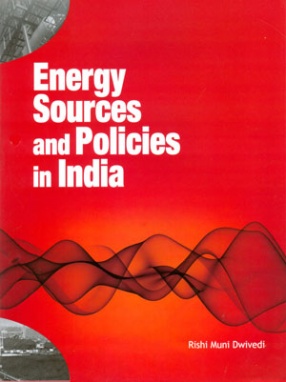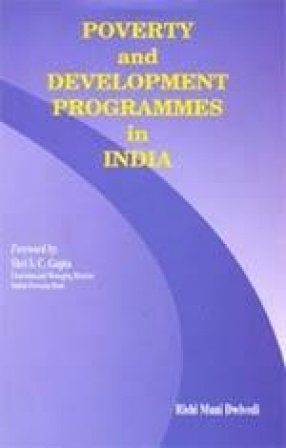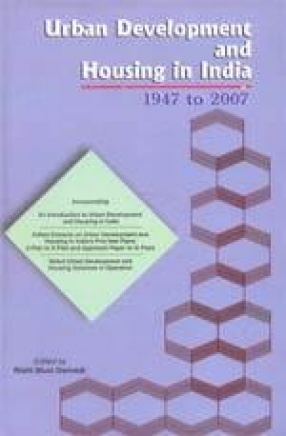India is both a major energy producer and consumer. It currently ranks as the 7th largest energy producer in the world, accounting for 2.49 percent of the world’s total annual energy production. It is also the 5th largest energy consumer in the world, accounting for 3.45 percent of the world’s total annual energy consumption. However, owing to its massive population–estimated presently at 1.2 billion which accounts for 16.4 percent of world population–India’s per capita energy consumption is one of the lowest in the world.
Since Independence in 1947, the country has seen significant expansion in energy use with a shift from non-commercial to commercial sources. The demand for energy, particularly for commercial energy, has been growing rapidly with the growth of the economy, changes in the demographic structure, rising urbanization, socio-economic development and the desire for attaining and sustaining self-reliance in vital sectors of the economy.
India is short of most energy resources and therefore the present energy scenario is not satisfactory. The power supply position prevailing in the country is characterised by persistent shortages and unreliability and also high prices for industrial consumers. India’s oil reserves amount to 0.5 percent of the global reserves. Dua to the stagnating domestic production of crude oil, India imports approximately 70 percent of its oil needs, much of it from the Middle-East. Its dependence on imported oil is growing steadily. This naturally raises concerns about energy security. These concerns have been exacerbated by recent movements in international oil prices.
Energy is a vital input into production and if India is to maintain and possibly improve, the current growth rate of around 9 percent, it must ensure reliable availability of energy-particularly electric power and petroleum products–at internationally competitive prices. India cannot compete effectively in world markets unless critical energy inputs are available in adequate quantities and at appropriate prices.
This book provides a fairly exhaustive account of the current energy scenarion in India. It also focuses on the policies and programmes of the Government of India to deal with the rapidly growing demand for energy in the wake of economic liberalization and globalization of the Indian economy. Areas covered for description and analysis include electricity cola, petroleum and natural gas, renewable energy sources (bio-fuels, solar, wind, small hydro power and hydrogen), atomic power, energy conservation and energy-environment linkages.








There are no reviews yet.